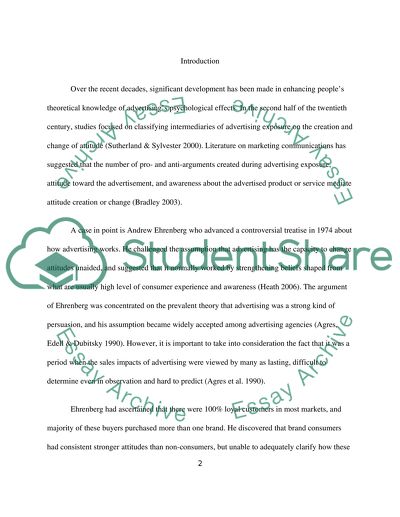Cite this document
(“Strong versus weak advertising theory Essay Example | Topics and Well Written Essays - 2500 words”, n.d.)
Retrieved from https://studentshare.org/miscellaneous/1563839-strong-versus-weak-advertising-theory
Retrieved from https://studentshare.org/miscellaneous/1563839-strong-versus-weak-advertising-theory
(Strong Versus Weak Advertising Theory Essay Example | Topics and Well Written Essays - 2500 Words)
https://studentshare.org/miscellaneous/1563839-strong-versus-weak-advertising-theory.
https://studentshare.org/miscellaneous/1563839-strong-versus-weak-advertising-theory.
“Strong Versus Weak Advertising Theory Essay Example | Topics and Well Written Essays - 2500 Words”, n.d. https://studentshare.org/miscellaneous/1563839-strong-versus-weak-advertising-theory.


